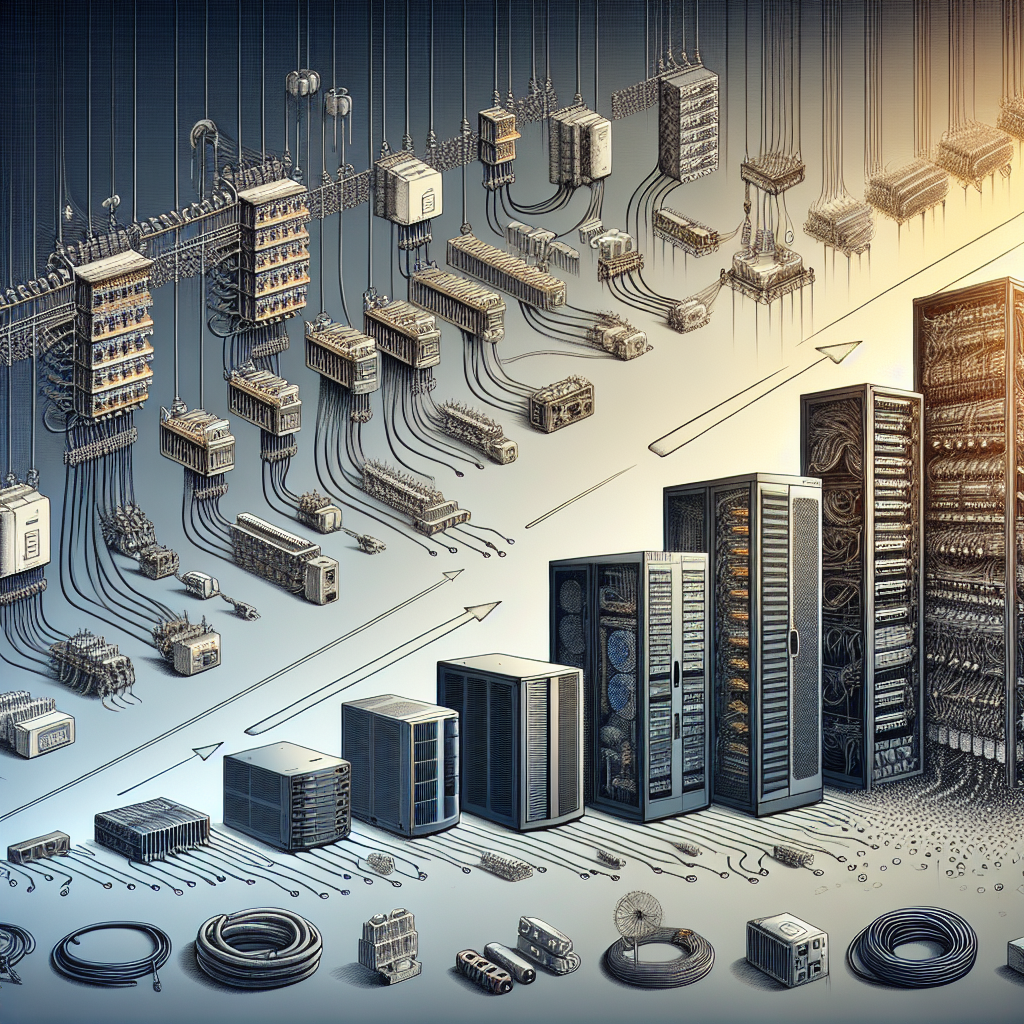The Evolution of Data Center Electrical Systems: Trends and Innovations
The data center industry has seen significant advancements over the years, especially in terms of electrical systems. As technology continues to evolve and demand for data processing and storage increases, data centers are constantly looking for ways to improve efficiency, reliability, and sustainability. Let’s take a look at the evolution of data center electrical systems, including current trends and innovations shaping the industry.
One of the key trends in data center electrical systems is the move towards higher power densities. With the rise of cloud computing, artificial intelligence, and big data analytics, data centers are handling more workloads than ever before. This has led to a need for higher power densities to support the increased demand for computing power. To accommodate this, data centers are adopting innovative electrical designs that can deliver more power to IT equipment in a smaller footprint.
Another trend in data center electrical systems is the push towards greater energy efficiency. Data centers are notorious for their high energy consumption, and as sustainability becomes a top priority for businesses and governments, data center operators are under pressure to reduce their carbon footprint. To achieve this, data centers are implementing energy-efficient electrical systems, such as advanced power distribution units, intelligent cooling systems, and renewable energy sources like solar and wind power.
In addition to energy efficiency, data centers are also focusing on improving reliability and resilience in their electrical systems. Downtime can be costly for businesses, so data center operators are investing in redundant power supplies, backup generators, and uninterruptible power supply (UPS) systems to ensure continuous operation. Innovations like microgrids and energy storage systems are also being explored to provide backup power during grid outages and reduce reliance on the main electrical grid.
Furthermore, data centers are embracing modular and scalable electrical systems to accommodate rapid growth and changing IT requirements. Modular designs allow data center operators to easily expand capacity or upgrade infrastructure without disrupting operations. This flexibility is essential in today’s fast-paced digital landscape where businesses need to quickly adapt to changing market conditions and technology advancements.
Overall, the evolution of data center electrical systems is driven by the need for higher power densities, energy efficiency, reliability, and scalability. Innovations such as advanced power distribution units, intelligent cooling systems, renewable energy sources, and modular designs are shaping the future of data centers and helping to meet the growing demands of the digital economy. As data center operators continue to invest in cutting-edge electrical systems, we can expect to see even more advancements in the years to come.


